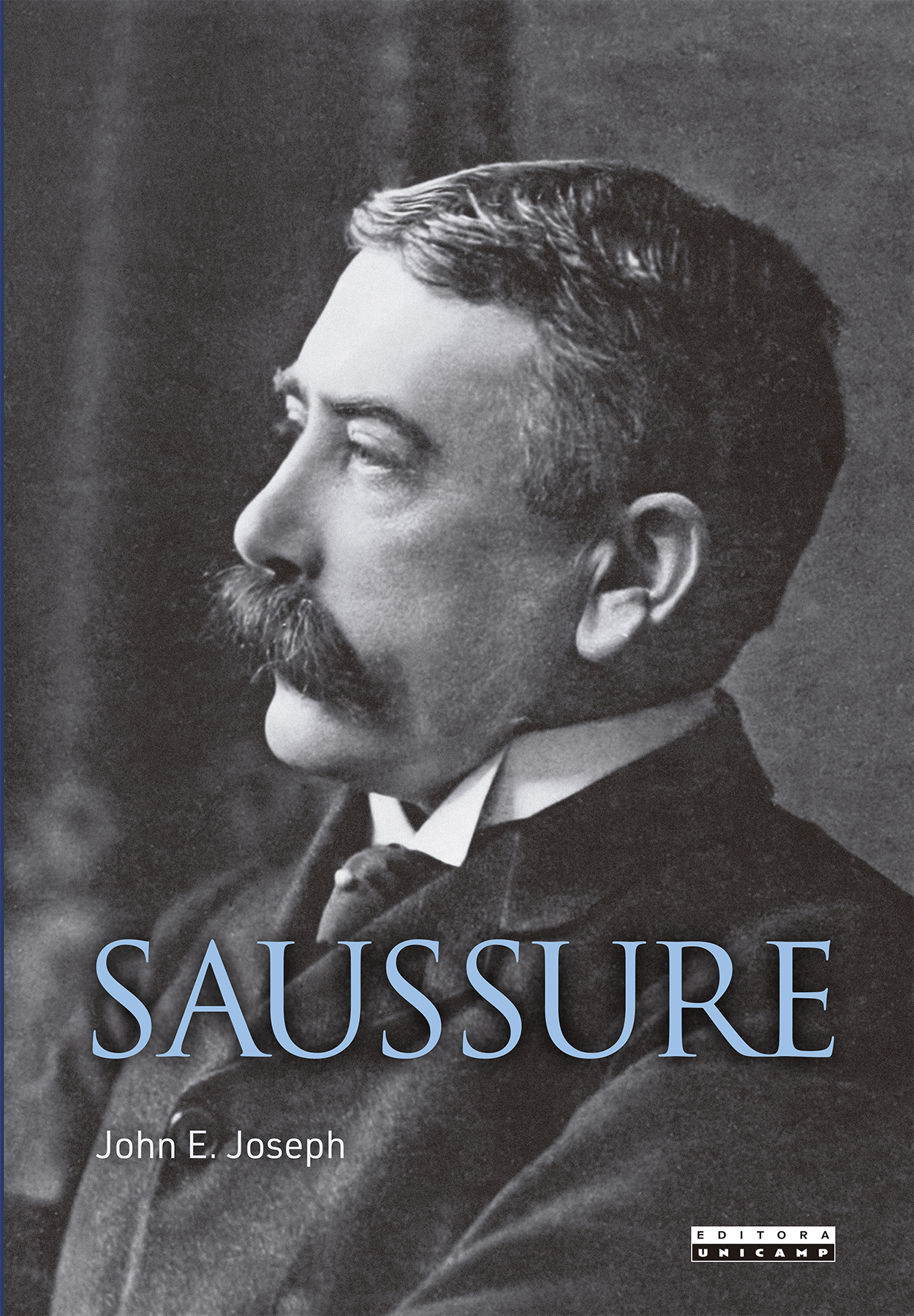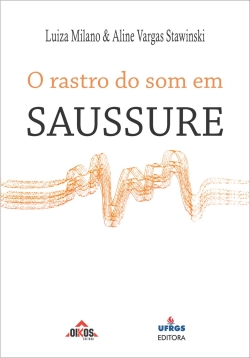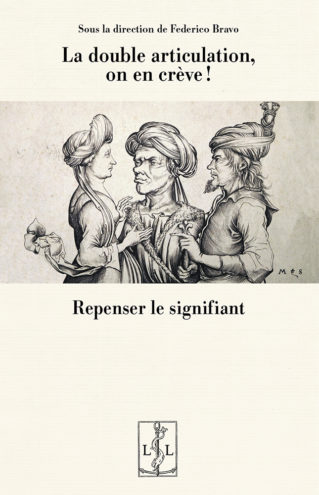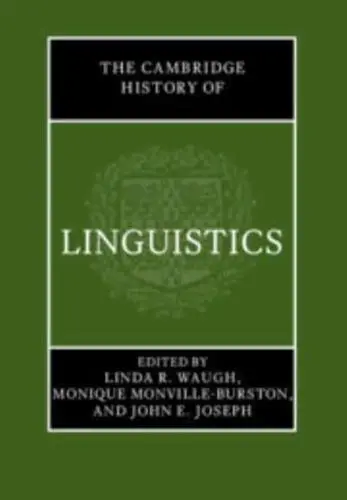John E. Joseph, Saussure, traduzido para o português brasileiro do inglês (RU) por Bruno Turra. Apresentação para a edição brasileira por John E. Joseph. Campinas (SP), Editora da Unicamp, 2023, 904 p., ISBN 978-85-268-1621-3, R$ 198,00
Notice de l’Éditeur

La publication du Cours de linguistique générale de Ferdinand de Saussure (1916) marqua une étape décisive dans le destin de la linguistique moderne. Son influence dans les milieux (d’abord) européens, (puis) américains et (plus tard, à travers la caisse de résonance qu’a été le structuralisme français dans les années 1960) mondiaux, a été (elle l’est toujours) remarquable. A tel point qu’il est impossible de comprendre la configuration actuelle de la linguistique théorique sans se référer à ce livre – que Saussure n’avait pourtant pas entreprit de publier : il était décédé en 1913. Une histoire singulière, comme toutes les histoires, mais qui a donné naissance à un courant de pensée et d’étude hors pair, et qui ne cesse de croître.
Le XXe siècle a eu ses quatre ou cinq grands événements philologiques par rapport à ce qu’on a de bonne heure baptisé « linguistique saussurienne » : la publication des Sources Manuscrites de Robert Godel en 1957, l’édition critique de Rudolf Engler en 1967-1974, l’édition italienne de Tullio De Mauro en 1967, la découverte de manuscrits inédits en 1996, publiés en 2002 par Engler et Bouquet (conjointement avec d’autres manuscrits) dans les Écrits. En ce siècle déjà, la série des événements majeurs s’est poursuivi en 2012 avec la publication de la exceptionnelle biographie de John Joseph, discrètement intitulée Saussure, mais qui mérite d’être décorée d’un adjectif qui avait été traditionnellement réservé à l’édition critique d’Engler : la biographie de John Joseph est, autant ou plus que l’édition critique de 1967-74, « monumentale ».
Le livre, cela va de soit, ne se contente pas de recenser les aspects biographiques de Ferdinand de Saussure, mais, en les incluant, reconstruit, en clé historiographique, le (complexe) contexte académique dans lequel Saussure s’est formé, comment ses premières idées scientifiques sont nées et ont évolué et, enfin, comment ces idées ont modifié l’horizon théorique de la linguistique de son époque. Il s’agit d’un ouvrage essentiel et, en même temps, d’une forme fort intéressante de revisiter les vicissitudes inhérentes au changement de paradigme que, dans les dernières décennies du XIXe siècle, a signifié le passage entre la grammaire comparée et la linguistique générale, synchronique et structurale, à travers la purge théorico-méthodologique menée par les néogrammairiens et la consolidation de la dialectologie. Un processus que la pensée de Saussure, ébauchée dès 1878 dans le Mémoire, consolidée dans ses cours universitaires à Paris (1881-1891) puis à Genève (1891-1912) et couronnée par la publication (posthume) du CLG (1916), a largement contribué à élaborer. C’est ce parcours, précisément, que John Joseph retrace dans son ouvrage de 2012.
Par ce que j’appellerais un miracle à l’envers (fait curieux, surprenant et malheureux), la première traduction de cette œuvre a dû attendre dix ans pour paraître dans le monde. Ce n’est qu’en 2022 que la traduction de Nathalie Vincent-Arnaud a été publiée en français (Lambert-Lucas, 2022). Deux ans plus tard, la biographie de John Joseph paraît de l’autre côté de l’Atlantique, traduite cette fois en portugais brésilien par Bruno Turra.
Le travail de Turra est – j’ose répéter le qualificatif – monumental, basé sur l’original anglais mais en consultation constante avec l’édition française qui avait été relue par Joseph lui-même. L’édition portugaise ayant également bénéficié de la relecture de l’auteur, c’est cette édition qu’il faut considérer, et que John Joseph lui-même considère, comme « définitive ».
La publication de ce livre au Brésil est un événement qui ne passera pas inaperçu. Aucun pays (pas même la France, la Suisse ou l’Italie) ne rivalise actuellement avec le Brésil en termes de vitalité et de nombre de chercheurs et de groupes d’étude consacrés à l’œuvre de Saussure. La traduction de l’œuvre de John Joseph par Bruno Turra fera beaucoup de bien à la communauté. Elle doit être saluée comme un nouvel événement éditorial majeur pour le saussurianisme.
Estanislao SOFÌA
Universidad de Buenos Aires / CONICET
Ce texte, dans son original en portugais brésilien, vient d’être publié dans le dernier numéro de la revue Fragmentum.




